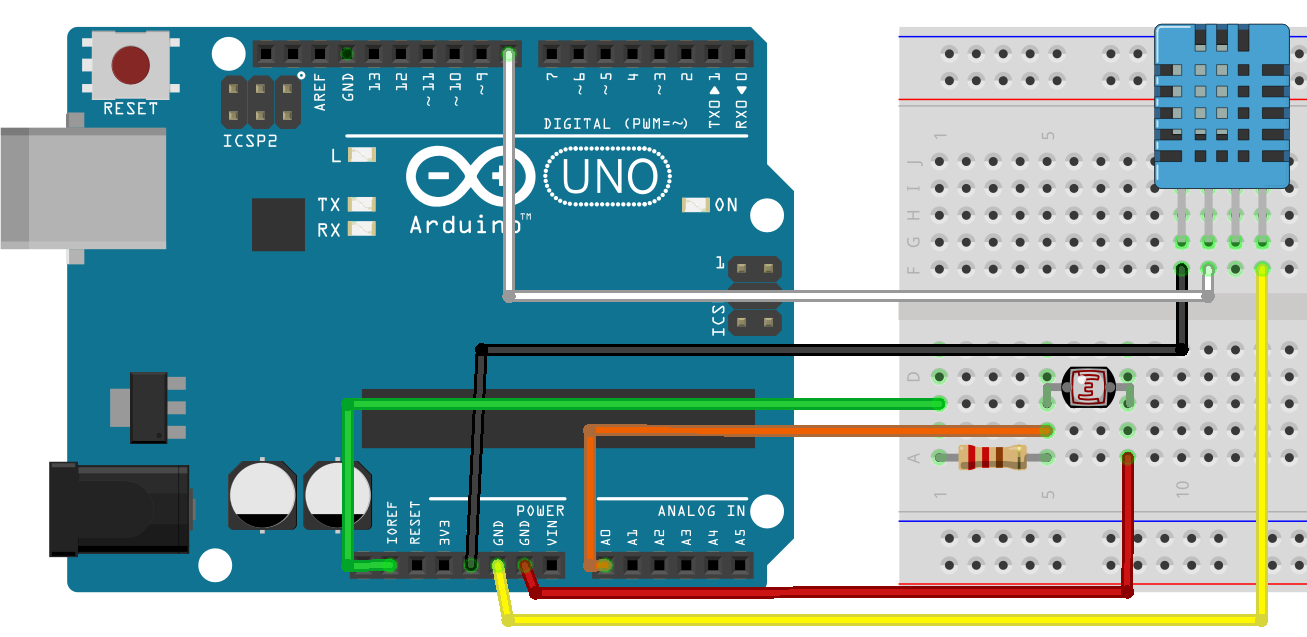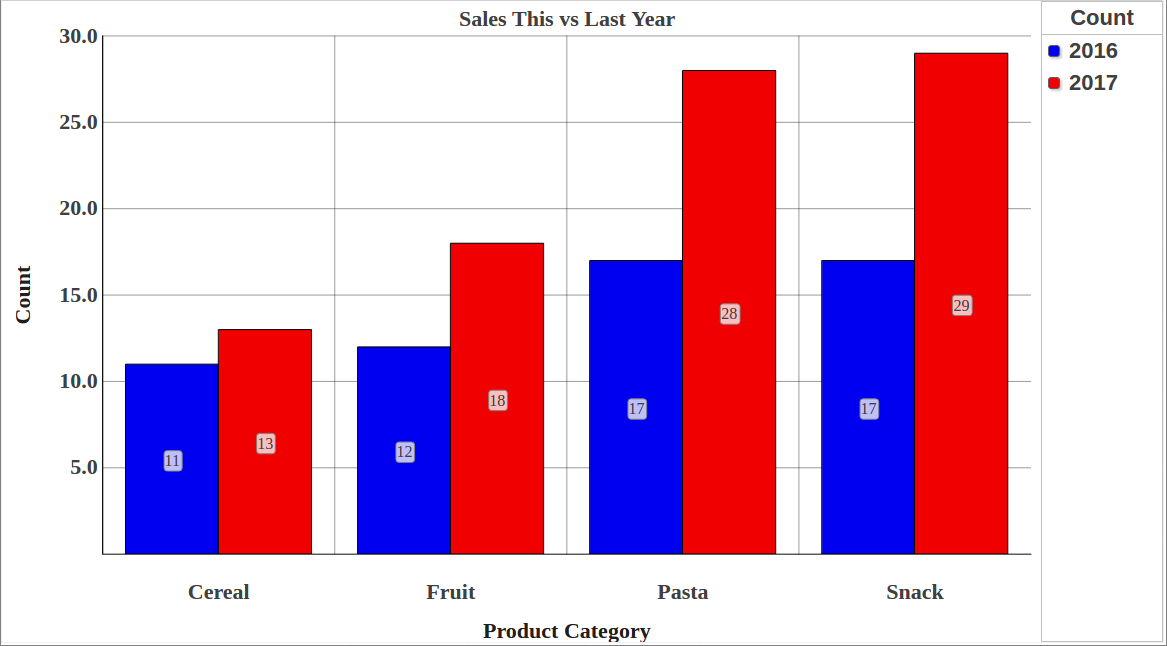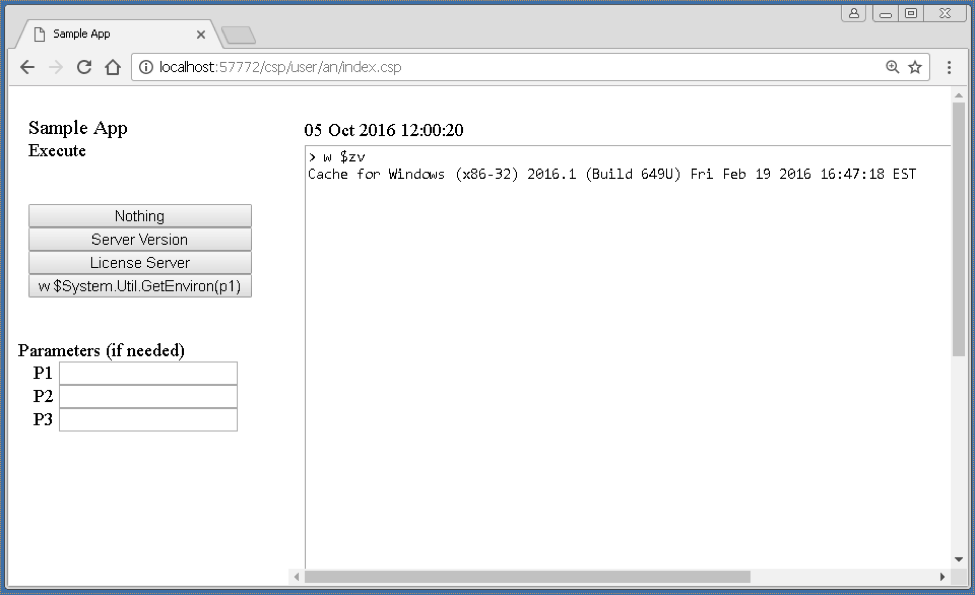New Book, Caché and MUMPS – Part II
By Paul Mike Kadow
Edited by Deborah Graham and John J. Mitchell
Go to http://cosmumps.org for a download of just the examples of the book and the table of contents.
From the Forward
InterSystems, from a humble beginning, has grown into a worldwide company with its flagship product, Caché, leading the way.
First, this book chronicles and explores some of the many areas InterSystems has grown into and has influenced over the years.




